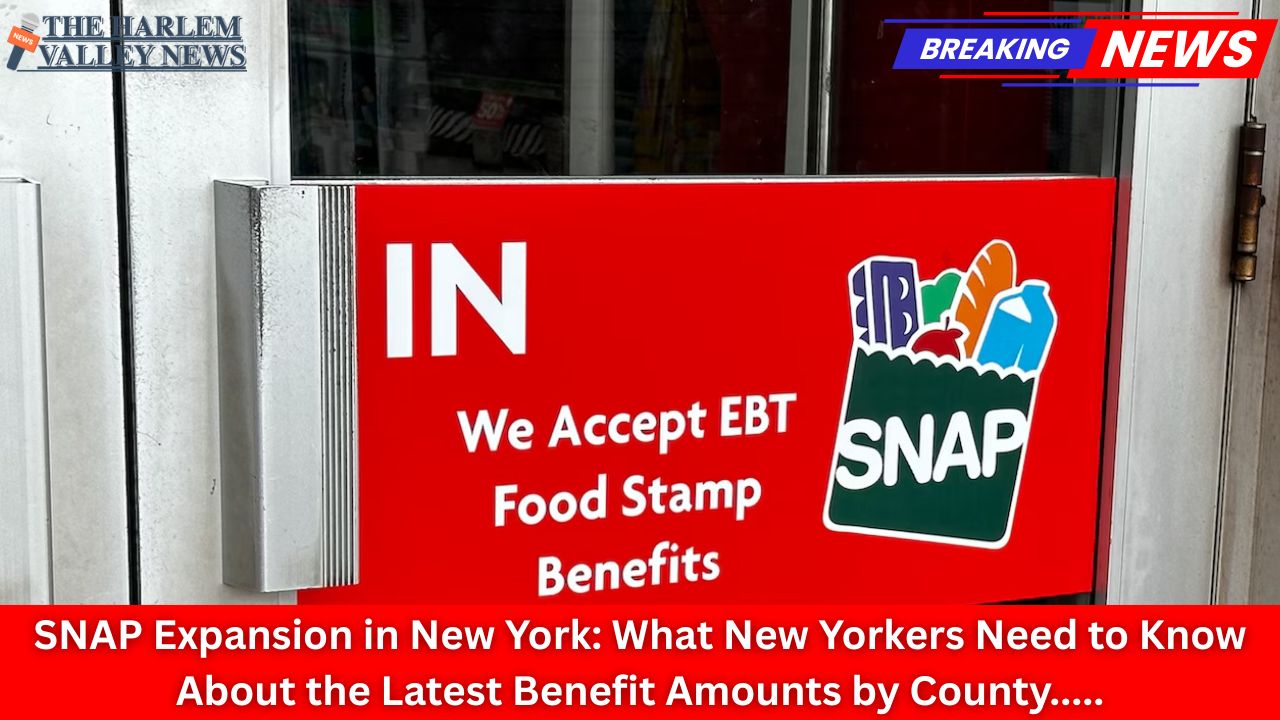New York, US: Seniors across select counties in New York State have a new reason to get moving—thanks to the launch of a $500 transportation stipend program aimed squarely at helping older adults maintain mobility and independence in 2025.
Empowering Senior Mobility: $500 Stipends Spark Change
State officials have announced that eligible seniors residing in certain New York counties will receive a $500 transportation stipend designed to cut the high costs often associated with reliable transit. This initiative—rolling out in response to growing demand for senior-friendly mobility solutions—reflects New York’s deep commitment to making transportation accessible, affordable, and safe for those aged 65 and older.
Why Transportation Matters More Than Ever
For many seniors in a state as sprawling and diverse as New York, transportation is more than just convenience—it’s a lifeline. Whether it’s traveling for medical appointments, daily errands, social gatherings, or simply seeing family, the ability to move around freely ensures older adults can remain active, engaged, and healthy. Recent studies have shown that lack of accessible transit is a leading factor contributing to isolation and health decline among the elderly population.
Counties Leading the Way
Several counties are participating in this first round of stipends. While statewide expansion could be on the horizon as policymakers gauge impact and reception, here’s the full list of counties where qualifying seniors can apply for the $500 transportation stipend in 2025:
-
Albany County
-
Erie County
-
Monroe County
-
Onondaga County
-
Suffolk County
-
Westchester County
-
Dutchess County
-
Nassau County
-
Orange County
-
Rockland County
-
Tompkins County
These areas were chosen based on factors including senior population density, transportation need, income demographics, and existing gaps in mobility infrastructure. Local governments in these counties are working closely with state agencies to streamline the stipend distribution and support services for seniors.
Who Is Eligible
To qualify for the stipend, seniors must:
-
Be aged 65 years or older.
-
Have residency in one of the participating counties.
-
Demonstrate a need for transportation assistance (criteria may vary slightly by county).
-
Provide documentation of residency and age, plus a brief application describing their transit needs.
Application forms are now available at local county offices, public libraries, and community centers.
How the Stipend Can Be Used
Flexibility is key to the program’s success. Seniors can use the $500 stipend for a wide range of transportation-related expenses, including:
-
Public transit fares (bus, subway, and rail).
-
Taxi or rideshare services.
-
Paratransit programs.
-
Vehicle maintenance or fuel costs for personal transportation.
-
Senior-friendly community van or shuttle services.
Local agencies have set up hotlines and assistance desks to guide seniors through the process, answering questions, and helping with paperwork.
Community Impact: Voices of Change
For 73-year-old Maria Hernandez in Erie County, the new stipend means “choosing a doctor based on quality, not just location.” “A lot of us seniors either don’t drive anymore or have limited access to public transit,” she says. “This makes such a difference—I can get to my appointments, see friends, and stay connected.”
Transportation advocates have hailed the initiative, citing not only improved health outcomes but enhanced social engagement, independent living, and long-term cost savings for seniors and their families.
Looking Forward: Statewide Expansion?
State authorities are keeping a close eye on program uptake. If successful, officials predict the $500 transportation stipend could see broader rollout in coming years—potentially serving as a blueprint for other states.
New York’s investment is part of a larger strategy to address senior needs through creative, needs-based programs. “Our seniors deserve the freedom to live independently and participate fully in their communities,” said a state representative. “Programs like this advance that mission with real, tangible support.”
What’s Next
Eligible seniors are encouraged to apply as soon as possible, as funding is limited and counties expect high demand. County social service departments will continue outreach and education, ensuring every senior who needs help gets it.
From Albany to Suffolk, New York’s seniors are moving forward—backed by policy, community support, and meaningful financial assistance. The message is clear: aging doesn’t mean slowing down, especially not in the Empire State.














Leave a Reply